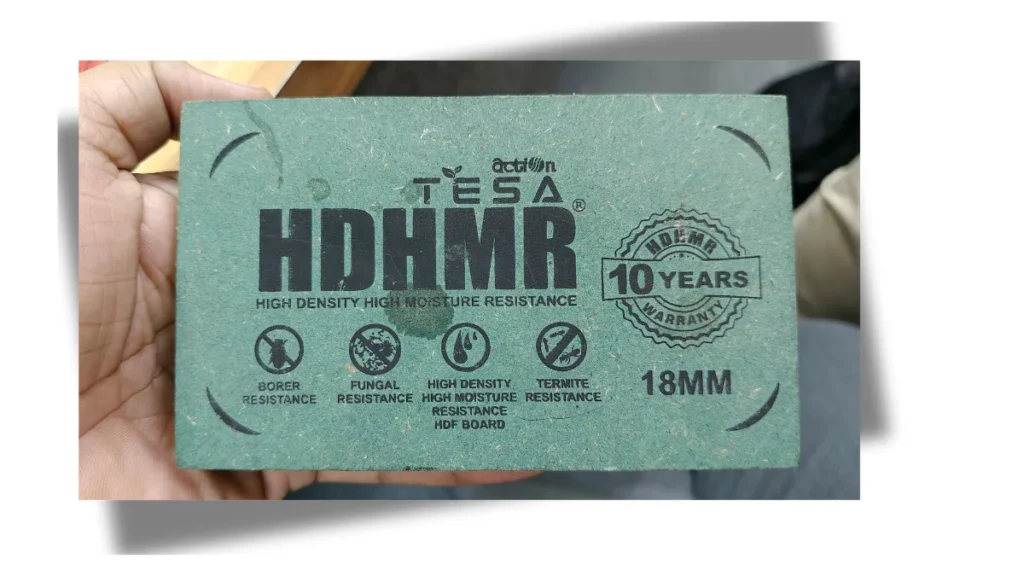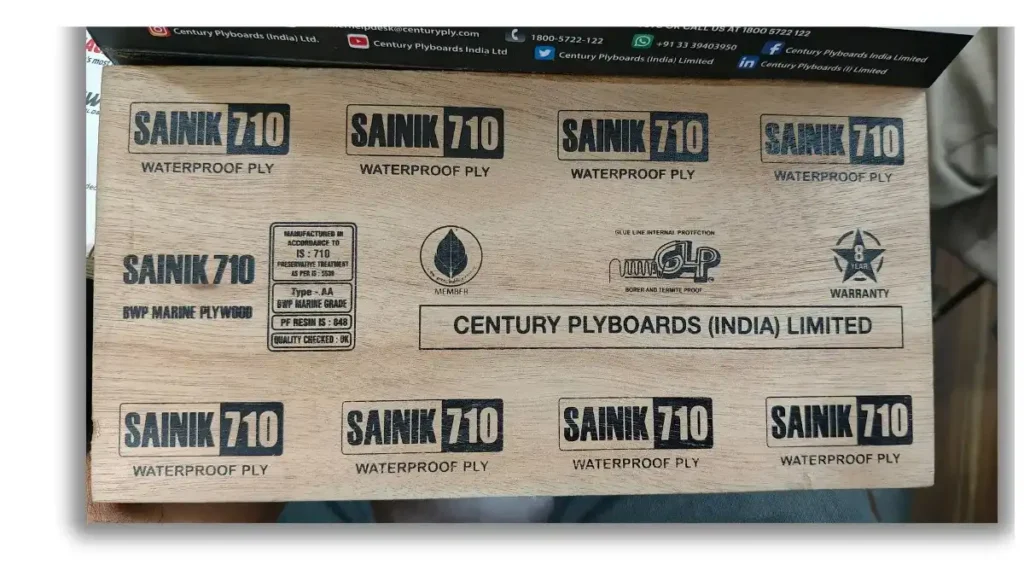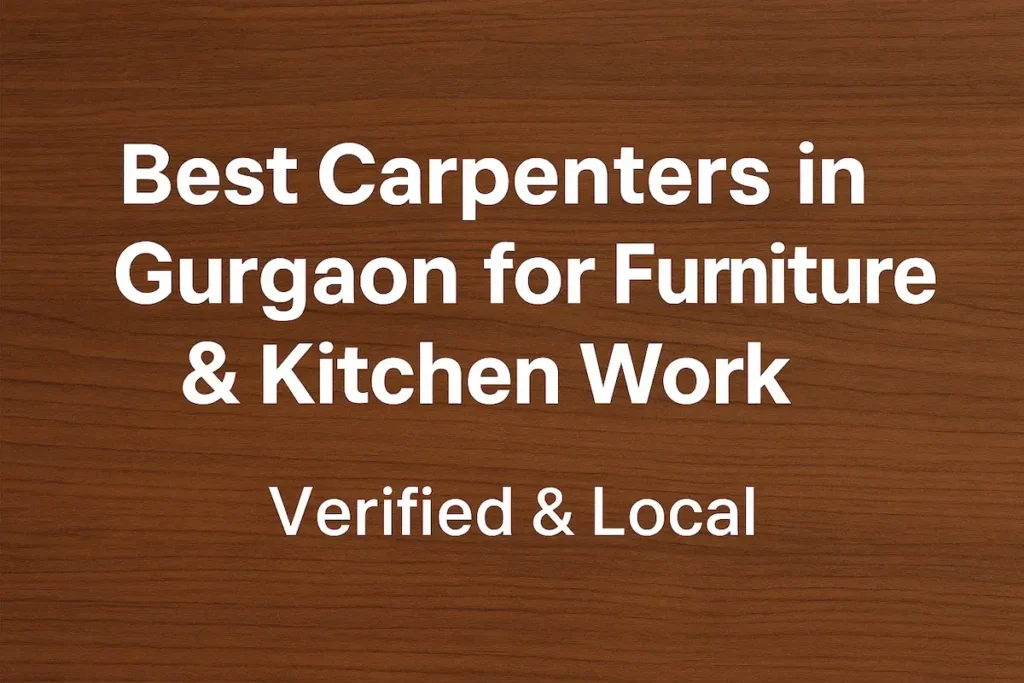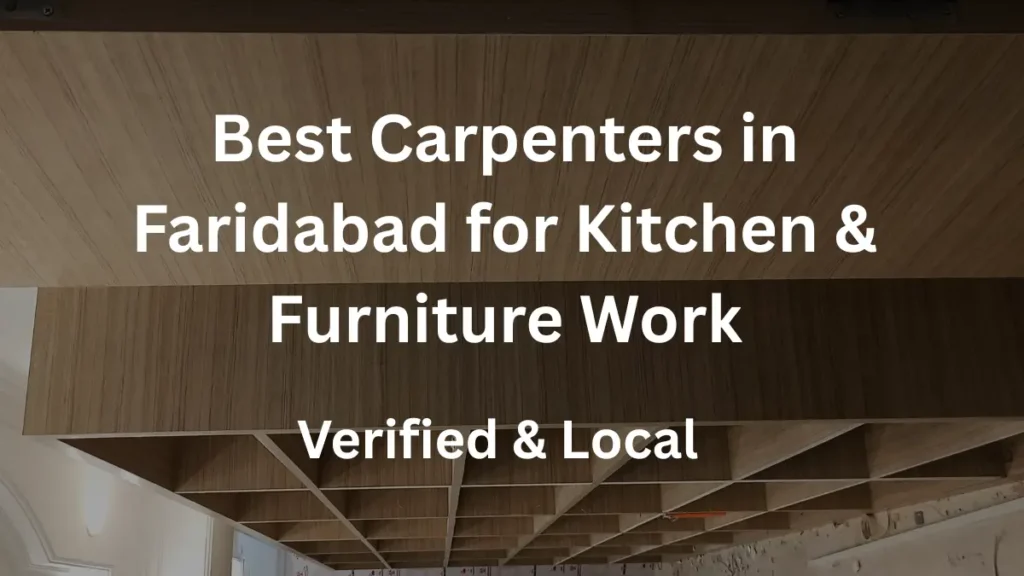Choosing the right panel material makes a big difference in durability, finish and long-term cost for kitchens, wardrobes and furniture. Two popular choices in India right now are Action TESA HDHMR (high-density, high-moisture-resistant engineered board) and Century Sainik 710 plywood (a widely used BWP plywood from CenturyPly). Both have strengths — the trick is matching the material to the job.
This article compares them across composition, performance, applications, cost, installation considerations and gives clear recommendations so you can pick the right product for each project.
Quick snapshot — when to use each
- Action TESA HDHMR — best for kitchen carcasses, bathroom cabinets, laminate/CNC friendly surfaces and anywhere you need superior moisture resistance and smooth finish.
- Century Sainik 710 plywood — best for carcasess, shutters, door cores, shelving and structural parts where traditional plywood strength, termite protection, veneer finish or cost matters.
Table of Contents
Action TESA HDHMR vs Century Sainik 710 Plywood
1. What are these products?
Action TESA HDHMR
- HDHMR stands for High-Density High-Moisture Resistant board. It’s an engineered panel (HDF/HMR style) manufactured under pressure with special resins to give higher density, uniform core and enhanced moisture resistance compared to standard particle board or MDF.
- Designed for heavy-duty interior use — especially carcasses, panels and places needing excellent screw holding and smooth finish.

Century Sainik 710 Plywood
- Sainik 710 is CenturyPly’s popular BWP plywood range (IS:710 grade), positioned as a value, reliable plywood for many interior uses. It’s made of cross-laminated veneers bonded with waterproof adhesive to meet BWP requirements.
- Widely available, economical and familiar to carpenters across India.

2. Material & manufacturing differences
| Aspect | Action TESA HDHMR | Century Sainik 710 Plywood |
| Core type | Engineered HDF/HDHMR core (uniform) | Cross-laminated wood veneers |
| Density | High — denser and heavier than standard Plywood | Moderate — depends on veneer & glue, lighter than similar-density HDHMR |
| Surface | Ultra smooth, laminate/CNC friendly | Veneer surface (can be laminated/veneered) |
| Water Proof | No, only resistant to water | BWP grade — water and termite-proof plywood |
| Dimensional uniformity | Very consistent (factory-made) | Some natural variation due to veneers |
| Screw holding | Excellent | Good (but slightly less than HDHMR of comparable density) |
| Borer and Termite Proof | No, only resistant | Yes, borer and termite protection |
| Warranty | 10 Years | 8 Years |
Note: exact density and technical specs vary by product variant and batch — always check manufacturer technical data sheets for the precise numbers you need.
3. Performance: water, strength, finish, screw holding
- Moisture resistance: Action TESA HDHMR is engineered specifically for moisture resilience and edge stability; it typically handles humid conditions better than standard MR plywood. Sainik 710 is a BWP (Boiling Water-Proof) plywood for interior use. Sainik 710 also has termite-proof properties.
- Strength & load bearing: Plywood’s cross-laminated structure gives it very good bending strength and resistance to splitting in load-bearing applications (shelves, carcasses). HDHMR is stiffer and denser—great for shutters and panels, but heavier for large structural spans.
- Screw holding & fittings: HDHMR usually has superior screw retention due to uniform high density. Plywood still performs well but can loosen over many cycles if of lower density or poor quality.
- Finish & machining: HDHMR offers a smoother, more predictable surface for laminates, paints and CNC routing. Plywood gives a natural veneer look — preferred where wood aesthetics are required.
4. Typical applications & project recommendations
Use Action TESA HDHMR for:
- Kitchen carcasess, small size shutters and cabinet doors
- Bathroom vanities and wet-zone shutters (with good edge sealing)
- CNC-cut decorative panels and TV units
- Any surface requiring perfect laminate adhesion or paint finish
Use Century Sainik 710 plywood for:
- Internal carcasses, shutters, shelving, and structural frames
- Door cores, solid laminated surfaces where veneer look is wanted
- Cost-sensitive projects where plywood’s traditional strength is valuable
Hybrid approach (recommended):
- Carcass: Action TESA HDHMR (cost-effective, strong)
- Shutters/doors: Century Sainik 710 plywood (smooth, waterproof)
This mix gives a balance of cost, finish and longevity.
5. Price & availability
- Price: In many markets, HDHMR boards are slightly lower per sq ft than mass-market Sainik 710 plywood, but not always — local dealer pricing, freight and thickness influence final cost.
- Availability: Century Sainik plywood is widely available through plywood shops and distributors. Action TESA HDHMR availability depends on dealer network but has grown steadily — confirm stock before quoting
6. Installation & handling tips
- Edge sealing: Seal all exposed edges (both materials) with PU edge sealer or edge banding to prevent moisture ingress — this is especially critical for long life.
- Fasteners: Use recommended screws for HDHMR (confirm pilot holes where needed) and use glue grades recommended for plywood carcasses.
- Storage: Store panels flat, off the ground and covered — even moisture-resistant panels should not be left in standing water.
- Cutting & CNC: Use sharp carbide cutters; HDHMR gives very clean cuts but can blunt tools faster because of density.
7. Pros & cons summary
Action TESA HDHMR
- Excellent moisture resistance and screw holding
- Ultra smooth surface — best for laminates & CNC
- Consistent, engineered quality
– Heavier to handle; price may be higher than budget plywood
Century Sainik 710 Plywood
- Traditional strength for load-bearing parts
- Veneer finish options; widely available and economical
- Familiar to carpenters and clients
– MR grade is not fully waterproof; surface uniformity varies with veneer
8. Final recommendation
In Action TESA HDHMR vs Century Sainik 710 plywood comparison, most modern interiors, the best practice is a hybrid: use Action TESA HDHMR for carcasses and structural elements, and Century Sainik 710 for shutters, doors and panels that need a premium finish and moisture resilience. If the job is fully wet/exposed (continuous water contact), consider WPC or marine-grade products instead
FAQ
Can HDHMR replace plywood everywhere?
Technically possible for many surfaces, but plywood still excels in some structural or veneered aesthetic uses. Use the right board for the right function.
Which is lighter?
Sainik plywood is generally lighter than a high-density HDHMR panel of the same thickness.
Do these products need special adhesives?
Use adhesives and laminating glues recommended by manufacturers — HDHMR often requires PVA/PU adhesives compatible with its surface; check technical sheets.
Which is better value long term?
If moisture and finish are key, HDHMR gives better long-term value despite higher upfront cost. For general furniture and non-wet areas, Sainik 710 plywood is cost-efficient.


